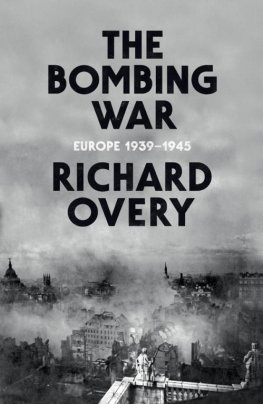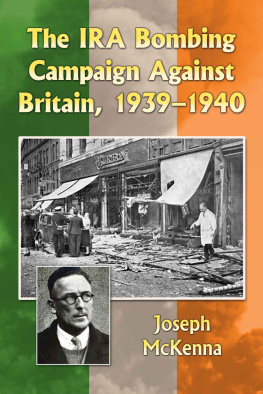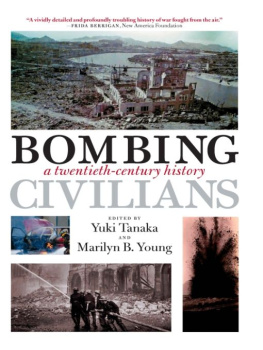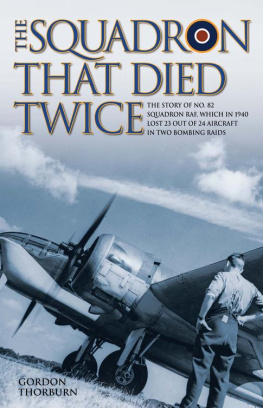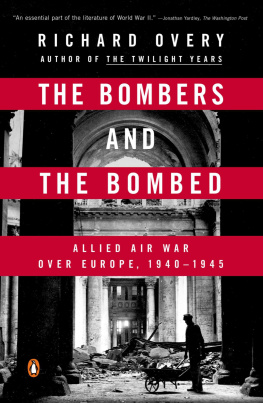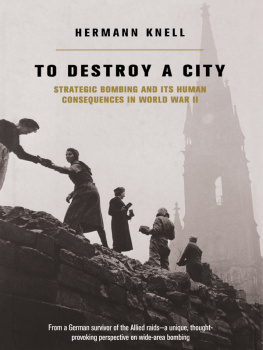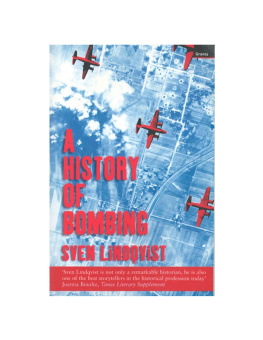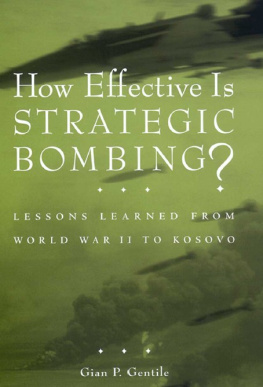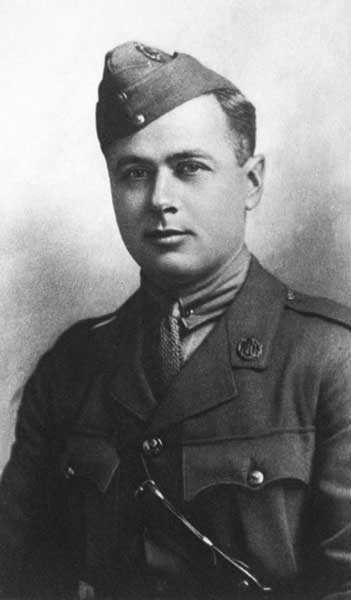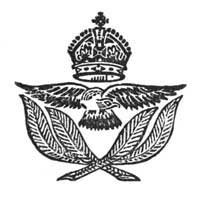The Project Gutenberg eBook of Night Bombing with the Bedouins , by Robert Henry Reece
This ebook is for the use of anyone anywhere in the United States and most other parts of the world at no cost and with almost no restrictions whatsoever. You may copy it, give it away or re-use it under the terms of the Project Gutenberg License included with this ebook or online at www.gutenberg.org. If you are not located in the United States, youll have to check the laws of the country where you are located before using this eBook.
Title: Night Bombing with the Bedouins
Author: Robert Henry Reece
Release Date: October 11, 2008 [EBook #26879]
Language: English
Credits: Produced by The Online Distributed Proofreading Team athttp://www.pgdp.net (This file was produced from imagesgenerously made available by The Internet Archive/AmericanLibraries.)
*** START OF THE PROJECT GUTENBERG EBOOK NIGHT BOMBING WITH THE BEDOUINS ***
NIGHT BOMBING
WITH THE BEDOUINS
By One of the Squadron
ROBERT H. REECE
LIEUT. D.F.C., R.A.F.
With Illustrations
BOSTON AND NEW YORK
HOUGHTON MIFFLIN COMPANY
The Riverside Press Cambridge
1919
COPYRIGHT, 1919, ROBERT H. REECE
ALL RIGHTS RESERVED
DEDICATION
In a spirit of the deepest reverence I dedicate this unworthy effort tothe memory of a true sportsman, a loyal friend, and a gallant officerwho was killed in action while serving his Country as a Pilot in theAmerican Air Service,
LIEUTENANT SAMUEL PIERCE MANDELL
America has given of the finest of her Youth to uphold the Cause ofRight, but she has given no one of more splendid promise than he, whoseservice was an example of devotion to duty, of readiness for action, andof undaunted courage.
His life was an inspiration to the living "to carry on" and finish thegreat struggle for which he died, that he and those like him may nothave died in vain.
CONTENTS
| I. | Per Ardua ad Astra |
| II. | The "Bedouin" Squadron |
| III. | The Bedouins at Ochey Aerodrome |
| IV. | A Night Raid |
| V. | Some Epics of Night Bombing |
| VI. | The Guiding Hand |
ILLUSTRATIONS
| Lieutenant Robert H. Reece , R.A.F. |
| Jimmie Walks up and down the Trench |
| Entrance to Officers' Mess |
| The Patriotic, Scientific Mechanics |
| After the Landing |
NIGHT BOMBING WITH THE "BEDOUINS"
CHAPTER I
PER ARDUA AD ASTRA
In prehistoric times the first man to make for himself a stone hatchetprobably became the greatest warrior of his particular region. He maynot have been as strong physically as his neighbor, but with the aid ofso marvellous an invention as a stone hatchet he undoubtedly conqueredhis enemies and became a great prehistoric potentate, until some othergreat man made a larger and stronger hatchet; so down to the presentinvention has followed invention and improvement has been added toimprovement to such an extent that it is difficult to imagine what newweapon of destruction man can develop in the future.
What would the past generation have said of a man who had prophesiedgreat armies fighting in the air? Even in the early months of the warthere were but few who realized what an important part of the war was tobe carried on in the newly conquered element. When the infantry saw anoccasional box-kite-looking machine drifting slowly over the lines,struggling to keep itself aloft, how many, I wonder, foresaw that in afew months these machines would be swooping down on them like swallows,raking them with machine guns by day and bombing them by night? How manyartillery officers laughed at the suggestion that a day was coming whenthousands of great guns would be directed from the air? Yet in a fewshort months two great blind fighting giants, their arms stretching fromthe Belgian coast to the Swiss border, learned to see each other; andtheir eyes were in the air.
The first aeroplanes to cross the lines carried no armament; they werefor reconnaissance work only; they would fly a few miles back of theenemy lines, have a good look around, and then come back and report whatthey had seen. Often British and German machines would pass quite closeto each other. Flying was considered sufficiently dangerous, not to adda further danger to it by attacking enemy machines.
The Germans, however, because they greatly outnumbered the British inthe air, had more eyes to see with; something had to be done; so rifleswere carried by the British and a finer sport than shooting ducks cameinto vogue. This quickly led to the carrying of machine guns. Ingenuityin devising sights to compensate for the speed of our own machines andto gauge a proper deflection according to the speed and angle ofapproach of the enemy machine, soon decreased the advantage the enemyaviators had through superior numbers.
For example, if our machine was flying at the rate of one hundred milesper hour and the enemy's machine was travelling past us in the oppositedirection at an equal rate, our fore-sight nullified our motion andenabled us to shoot as if from a stationary base, while our back-sighthelped us to gauge that imaginary point at which to shoot where ourbullets and the enemy machine would meet. In other words, we shot at anenemy machine although we ourselves were travelling rapidly, exactly asa sportsman shoots at a bird on the wing.
Then a new aeroplane was developed, the single-seater tractor, with aVickers gun, synchronized to shoot through the rapidly revolvingpropeller so as to avoid the blades. These machines were used to patrolthe lines and keep enemy machines from crossing, or to accompany areconnaissance machine as protector; for they were very much faster,easier to manuvre, and altogether very much more efficient fighters.At first they operated singly, but it was soon discovered that two ofthese scout machines operating together invariably obtained bettersuccess than when operating alone. This led to formation flying, and upto the cessation of hostilities these formations grew in size and variedin shape.
The reconnaissance work was soon divided into classes: long and shortreconnaissance and photographic reconnaissance. The long reconnaissancedealt with enemy movements far behind the lines; the shortreconnaissance with enemy activities near the front. The photographicreconnaissance consisted of taking aerial photographs of everything ofmilitary importance within flying radius. These photographs piecedtogether showed the enemy defences along the entire British front andtheir changes from day to day.
Wireless apparatus was soon attached to aeroplanes, and this enabled anaviator to communicate with people on the ground many miles away; and sowhat was called artillery observation was developed. Roughly speaking,this is the direction of the fire of our batteries against enemytargets; but, just as specialization came in reconnaissance andfighting, so now machines specialized in artillery observation. To-daythe efficiency of the artillery depends largely upon its direction fromthe air. For instance, when a battery takes over a new area the gunnersmay be called upon to fire at certain targets, such as cross-roads orhouses used as infantry headquarters or ammunition and stores dumps, ata moment's notice. Consequently, if these targets are registered byaeroplane, all the gunners have to do when called upon to open fire isto refer to their registration book which will give them the necessaryangles to use on their sights, then, by allowing for the temperature ofthe day and the direction and velocity of the wind, their shooting iscertain to be far more accurate than it would be if the target had notbeen previously registered. The registration of targets to-day withoutthe use of areoplanes is very often impossible.


